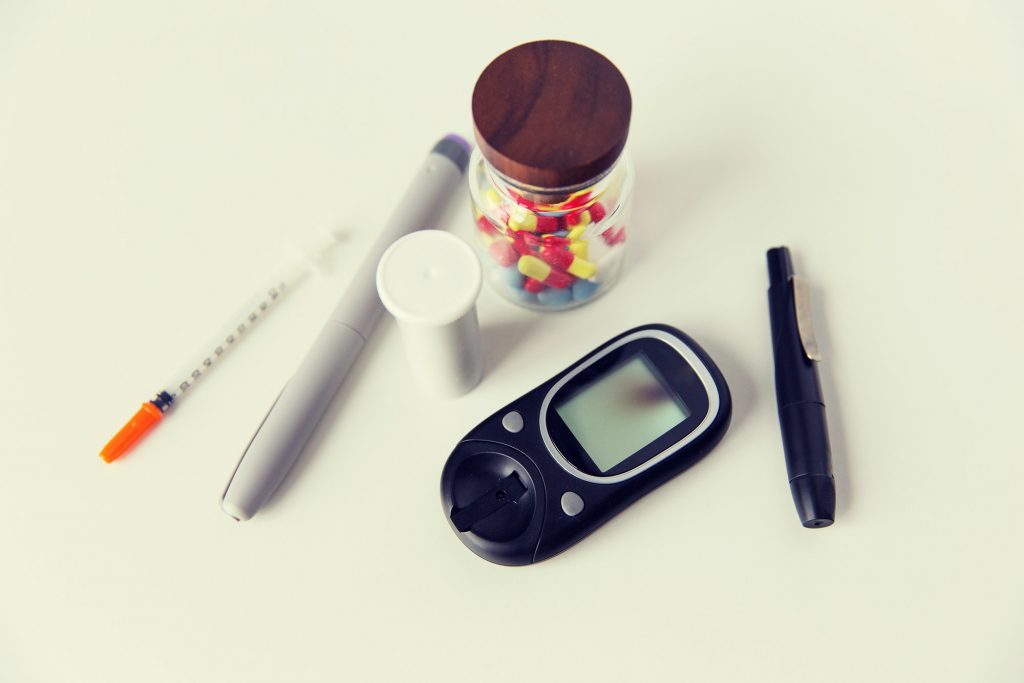Medicare Part D expenditures amounted to $105 billion in 2020. The bulk of this amount is made of 176 top-selling, name-brand prescription drugs. But could this total spending be decreased? Is the Medicare program using every bit of negotiation possible? Are there better approaches to prescription drug savings?
According to some numbers calculated by the Congressional Budget Office (CBO), it appears that might be the case since other federal programs have lower costs. For example, the average cost for one of those 176 top-selling drugs for an individual on Medicaid was $118. For people in the Veterans Affairs (VA) or the Defense Department’s (DoD) Tricare programs, the average cost was $190 and $184, respectively. And the Medicare program’s average cost? $343.
The discounts on insulin alone could have saved the Medicare program $16.7 billion from 2011 to 2017.
Why is there such a discrepancy in prices?
Medicare’s Prescription Drug Negotiation
In 2003, Congress’s stance on prescription negotiation was that negotiation should be the job of the insurers who offer the Part D prescription drug plan. House Democrats would like to reverse that decision and allow the Medicare program to negotiate drug prices instead. This is one provision in the “Build Back Better” bill that the House passed in November. Other provisions of the bill address the country’s high drug cost. However, the Senate has not acted on the bill yet.
Some Republicans do not favor this provision as they argue insurance companies get better prescription drug discounts for Medicare beneficiaries. On the other side, Democrats argue this tactic sacrifices Medicare’s bargaining clout.
Democrats plan to use their findings from a report that documents a 3-year investigation into pharmaceutical pricing methods and business practices. The report contains internal documents from three pharmaceutical companies: Eli Lilly, Novo Nordisk, and Sanofi. The documents show emails indicating the three companies coordinate price increases to maintain pricing parity. These findings could persuade those opposed to the Build Back Better bill to reconsider their stance.

Insulin Costs in Medicare
Brand-name insulin products are one of the most expensive drugs covered by Medicare Part D. The total cost of insulin products per patient per year ranges from $1462 to $5619.
Sanofi stated that the net price of their insulin has decreased by 53% since 2012 and argues that the high prices occur elsewhere in the supply chain. Sanofi also stated that the commercial and Medicare Part D net price for Lantus, one of its long-acting insulins, has dropped 44.9%. Yet, somehow the out-of-pocket expense for individuals on Medicare Part D or other insurance has risen by 82%.
Sanofi supports reforms that require patient cost-sharing to be tied to negotiated prices.
Medicare Insulin Savings for $35?
The Build Back Better bill proposes an insulin cost-sharing price of no more than $35 per month, regardless of the type of insurance. They would not require every plan to cover all insulin products but would require at least one dosage form and insulin type to be available for no more than $35.
This is already an option for Medicare Part D beneficiaries. In 2022, 2159 Part D plans are participating in the federal test program that secures insulin for a $35 copayment.


